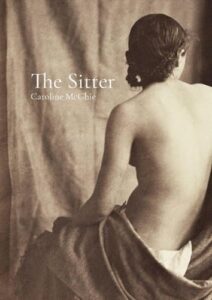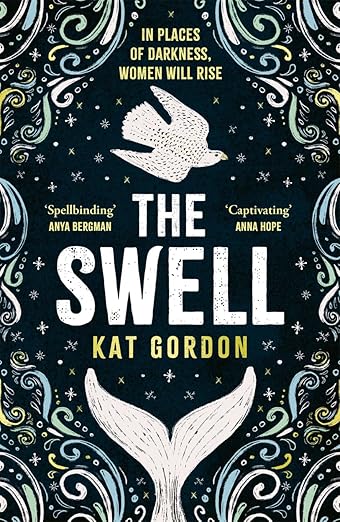The Sitter of Norfolk and London with Caroline McGhie
The Sitter of Norfolk and London
Set in both London and Norfolk in 1900 to 1901, the story begins as an adolescent baker’s boy catches sight of beautiful Rosie stepping off the train at dusk in a village built to serve a vast railway maintenance hub known as The Works.

Location map for The Sitter
The boy lives by the rhythm of breadmaking, Bible-reading and the sound of trains. Rosie is an artist’s model with a broken heart, without money or status but blessed with a talent for drawing and seductive beauty.
She has been bruised by a relationship with a cartoonist in Kensington who concealed his passion for photographic erotica. Is she the victim of abuse or a thoughtless siren?
Location map for The Sitter
The book is based on extensive oral history and accounts of railway life. The cartoonist in London is loosely based on Linley Sambourne and his house at 18 Stafford Terrace.
Sketching expeditions took the cartoonist and Rosie to London Zoo, where they were unfettered by societal norms and surrounded by newly discovered species.
Once she has fled to Norfolk, Rosie is astonished by The Works and the coastal landscape. She befriends the baker’s boy, whose life is changed for ever by the tragedy that unfolds. Issues of class, religion and hierarchy meet sexual freedom, art and pornography.
Location map for The Sitter
Melton Constable, North Norfolk
It begins and ends with the setting. I found a lost railway village near where I live in North Norfolk. It had tiny terraced houses built around what was once a major railway maintenance hub called The Works. Every inhabitant in the village worked on the railway. I re-imagined it as Swanton Stoke, turned the clock back to 1900 and peopled it with engine-drivers, steam shovellers, upholsterers, a gang of boy, and a tramp. More recently residents of Melton Constable have been given a grant by Historic England to gather memorabilia and local stories to celebrate its railway heritage in a major exhibition in 2026.
Location map for The Sitter
Cromer Pier, North Norfolk
An exhilarating five hundred feet of wrought iron stretching out into the North Sea. A huge party, thrown to celebrate its opening in 1901, underpins an important scene in the book. It attracted celebrities of the time, Arts and Crafts enthusiasts and holiday-makers who were there to take the sea air. These days the pavilion at the end of the pier is the home of the last end-of-the-pier show in the world.
Location map for The Sitter
Holkham Beach, North Norfolk
This desert of sand rimmed by dunes, pinewoods and sea is one of the great wonders of the county. It forms a huge canvas through which my baker’s boy and artist’s sitter walk and talk. Along the tide line they crush some of the millions of razor shells beneath their feet. Like them you can be amazed in the winter months by thousands of geese flying overhead as they commute each day from their roosts offshore to feed inland on fields of sugar beet.
Location map for The Sitter
The Windmill, Cley-next-the-Sea, North Norfolk
Cley windmill stands out as a significant landmark among the reedbeds and marshes that characterise this coast. It was built in the nineteenth century and has been restored as a quirky bed-and-breakfast, restaurant and romantic wedding venue. The huge white sails loom over a tiny harbour, which had silted up over the years but has now been restored as a navigable river so that boats and canoes can tie up during the summer.
Location map for The Sitter
Linley Sambourne House, 18 Stafford Terrace, Kensington
When I visited Linley Sambourne House I instantly wanted my seducer cartoonist to live there. Once the home of Punch cartoonist Linley Sambourne, it is now open to the public several days a week. It is a perfect example of William Morris’s idea of the House Beautiful, in which everything had to be either ‘beautiful or useful’. Every room is a riot of wallpapers, paintings, friezes, stained-glass windows, competing for attention with the furniture, vases, clocks and ornaments. Like my cartoonist, Sambourne was well-informed about the art world and goings-on between artists and their models and dabbled in early pornographic photography.
Location map for The Sitter
London Zoo
When I was a student at London University I had an Easter job selling ice-creams at London Zoo so I got to know it well. Back in 1900 it took a pioneering approach to the animal kingdom. New species such as the okapi were being brought back from around the empire, new methods of animal care were being tried out. I saw it as an Eden where my characters could be free from society’s strictures, surrounded by animal nakedness and idealism.
BookTrail Boarding Pass: The Sitter
Insta: @mcghie_caroline/




